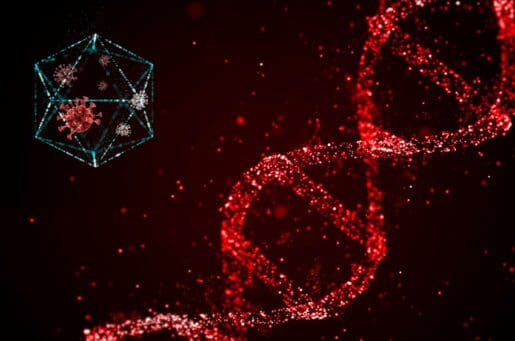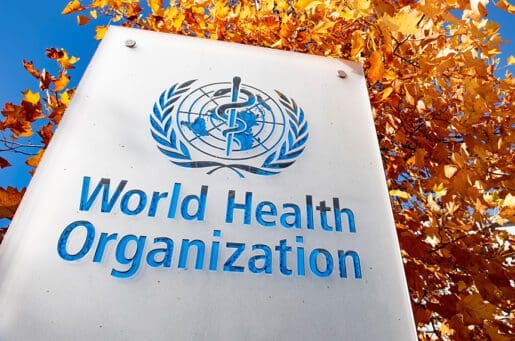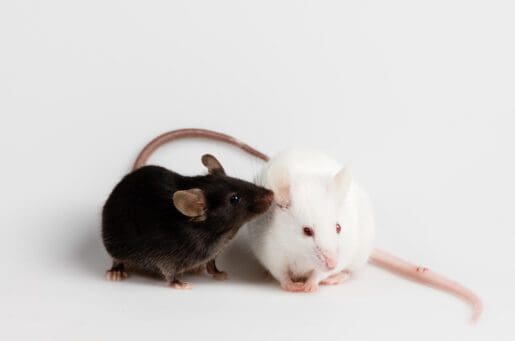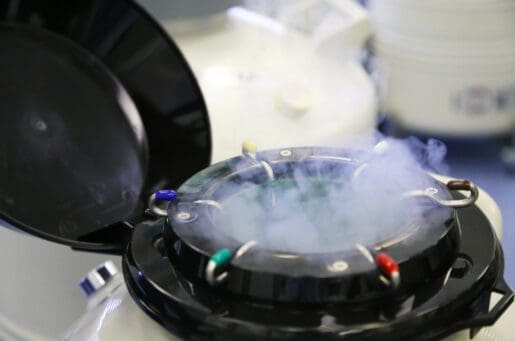Bioethics Forum Essay
How to Avoid a Genetic Arms Race
A quiet biological revolution in warfare is underway. The genome is emerging as a new domain of conflict. The level of destruction that only nuclear weapons could previously achieve is fast becoming as accessible as a cyberattack.
Now for the bad news. Great power conflicts and proxy wars are back. The rules-based world order crumbles while an unpredictable–and potentially unstable–multipolar one emerges.
Rapidly accelerating breakthroughs in our ability to change the genes of organisms are generating medically thrilling possibilities. They are also generating novel capabilities for biological weapons, a form of warfare that has been largely abandoned for decades. Take the recent AI-enabled advancements in gene-editing, construction of artificial viral vectors for human genome remodeling, protein folding, and the creation of custom proteins. Far outpacing the regulatory environment, these advances are facilitating the weaponization and delivery of harmful bioagents–overcoming impediments that previously made biological weapons impractical.
Speculation about “genetic weapons” capable of singling out specific groups for infection dates back to the 1970s. In 2012, Vladimir Putin mused publicly about weapons that could be “as effective as nuclear” but “more ‘acceptable’ from the political and military perspective.” He predicted that nuclear weapons would, over the next half- century, become eclipsed by “fundamentally new instruments for achieving political and strategic goals.” The future of war, he said, is “based on new physical principles,” including “genetic” science.
The 2020 edition of Science of Military Strategy, an authoritative textbook published by China’s National Defense University, considers how biotechnology could serve as “a brand new territory for the expansion of national security” with “the use of new biological weapons, bioterrorism attacks, large-scale epidemic infections, specific ethnic genetic attacks, the purposeful genetic modification of the ecological environment, food and industrial products, and the use of environmental factors.”
Although its intelligence community’s 2016 worldwide assessment described genome editing as a potential “weapon of mass destruction,” the United States has been slow and reluctant to face the new challenge. One reason is that it is not clear what this challenge is, how bad it actually is, and what requires immediate attention.
Biodefense in the Age of Synthetic Biology, a report by National Academies of Sciences, Engineering, and Medicine developed at the behest of the U.S. Department of Defense, has since its publication in 2018 been the main guide to understanding probable biological threats. It advised paying more attention to the possibility of recreating known pathogenic viruses, making existing bacteria more dangerous, and making harmful biochemicals via in situ synthesis. It was not without blind spots, however. For example, it considered gene drives only as applied directly to humans, ignoring the more indirect strategic applications, such as agricultural.
In his recent book, zoologist Mathew Cobb admits to being most concerned about gene drives and human genome editing, in addition to pathogen manipulation. A recent RAND report directs attention also to the Internet of Bodies (internet-connected smart consumers and medical devices) and genomic surveillance and enhancement.
Nor is the generation of basic genetic data simply the province of sophisticated laboratories. Many elaborate datasets are open source and online, facilitating scientific exchange. Although most genetic data are de-identified, future technologies may be able to re-identify them. The Biden administration appreciates this threat. On February 28, the president signed an executive order seeking to prevent the sale of bulk sensitive personal data. The executive order has a legal basis in the National Emergencies Act and International Emergency Economic Powers Act and notes the need to “protect United States persons’ sensitive personal health data and human genomic data from the threat identified in this order.” That threat is the “continuing effort of certain countries of concern to access Americans’ sensitive personal data.”
Amid the apparent collapse of the post-World War II rules-based order, one of the worst things that could happen is a genetic arms race for which international conventions are unprepared. The Biologic and Toxin Weapons Convention bans proliferation of bioagents and toxins that have no peaceful use, but it has no formal verification regime system. There was at least one alleged case of noncompliance by the Soviet Union in 1981 involving a weaponized fungus, far from the exquisite genomic targeting that may eventually be practicable.
The convergence of genetic technologies and intense competition among highly motivated actors along with historic geopolitical shifts requires the attention of the international life sciences community and bioethicists to establish guidance for what was once a threat in the realm of science fiction.
Yelena Biberman, PhD, is an associate professor of political science at Skidmore College.
Jonathan D. Moreno, PhD, is the David and Lyn Silfen University Professor of Ethics at the University of Pennsylvania and a Hastings Center fellow. @jonathanmoreno.bsky.social












